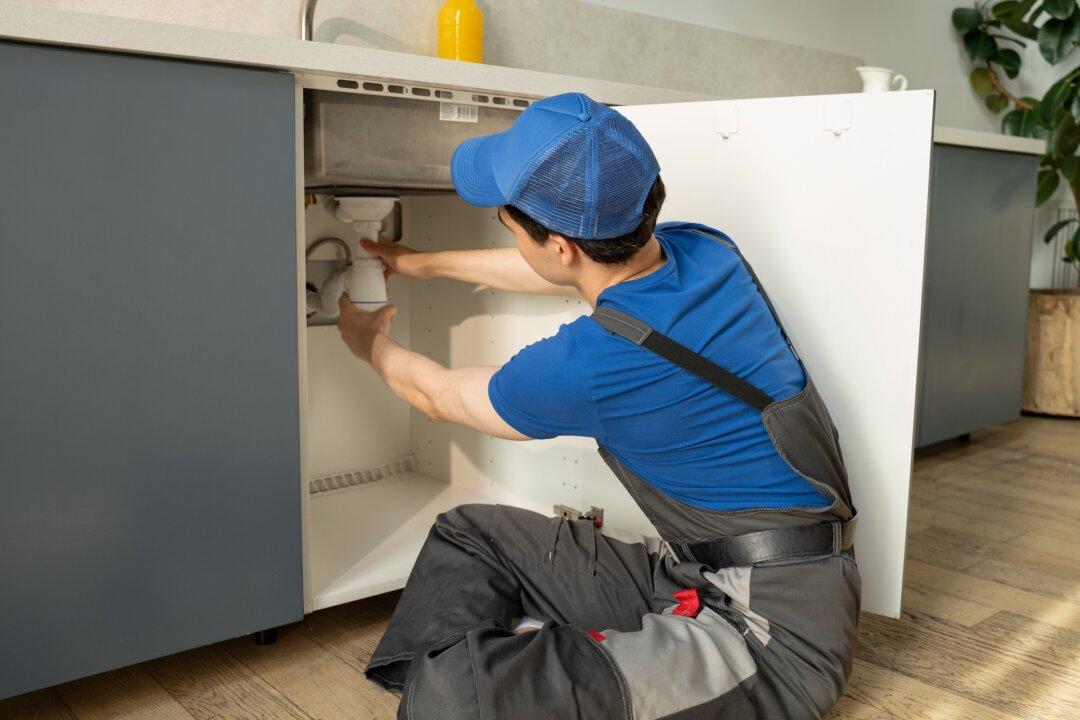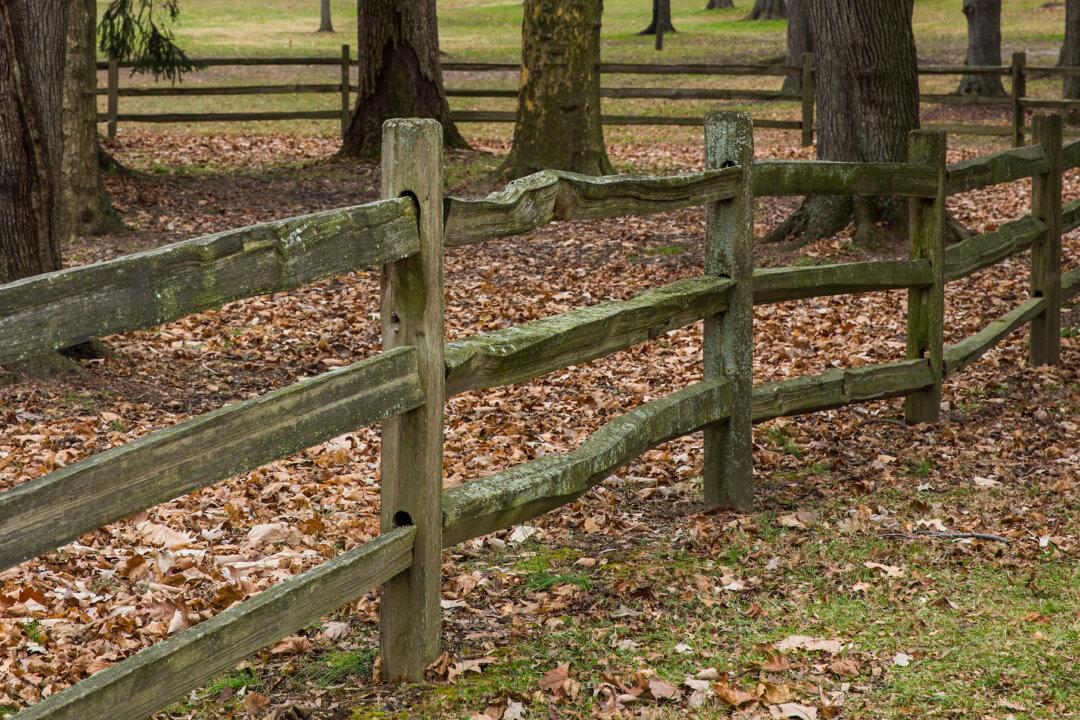Dear James: I am getting older and while vacationing found a shower seat to be convenient. How can we incorporate one into our tile bathroom when we remodel it?—Scott C.
Dear Scott: Convenience and comfort are both attributes of a properly sized shower seat. Sitting in the spray of a hot shower is often much nicer than soaking in a tub or having to stand hunched over under a showerhead. This is especially true after a particularly active day.





